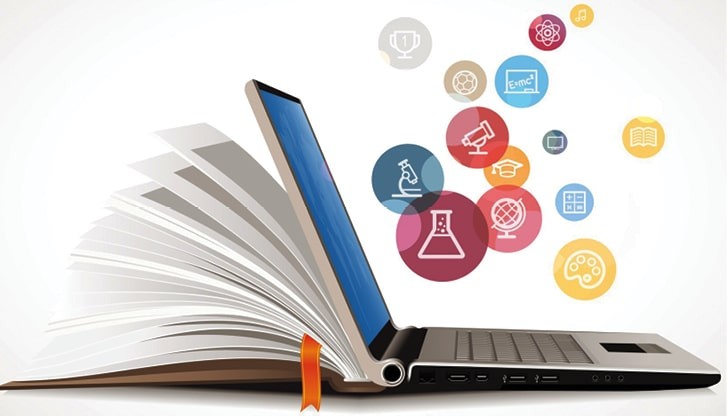India’s educational landscape has undergone significant transformations, educational evolution from ancient Gurukul systems to modern digital classrooms. Today, we stand on the brink of a new era with the emergence of “Schools of Tomorrow,” which promise to redefine learning for future generations.
Historical Context of Indian Educational Evolution

The journey from the Gurukul system, where education was imparted in a holistic manner under the guidance of a guru, to the British-influenced system that introduced formal schools, marks the beginning of India’s educational evolution. Post-independence, India focused on democratizing education, leading to the establishment of a structured educational framework aimed at universal literacy.
The Shift Towards Digital Education
The digital revolution has significantly impacted Indian education, especially highlighted by the COVID-19 pandemic’s push towards online learning. Platforms like BYJU’S and Khan Academy have become instrumental in making quality education accessible to all.
Schools of Tomorrow: Key Features and Innovations

“Schools of Tomorrow” are not just physical entities but ecosystems that foster holistic development, personalized learning paths, and seamless integration of technology. They emphasize skills like critical thinking, creativity, and adaptability, preparing students for the challenges of the future.
Government Initiatives and Policies

The Indian government’s National Education Policy (NEP) 2020 is a cornerstone in this evolution, aiming to overhaul the current educational system to make it more holistic, flexible, and aligned with the needs of the 21st century. More about NEP 2020 can be found on the Ministry of Education’s official website.
Challenges and Opportunities

While the transition to futuristic schools presents challenges such as infrastructure development, teacher training, and digital divide, it also opens up opportunities for innovation. Public-private partnerships and community involvement are key to overcoming these hurdles and ensuring equitable access to quality education.
Case Studies and Success Stories
Success stories of innovative educational models are emerging across India. For instance, the Riverside School in Ahmedabad is a testament to how experiential learning can shape well-rounded individuals. Similarly, government initiatives like DIKSHA offer a platform for teachers and students to access digital resources, showcasing significant improvements in learning outcomes.
The Road Ahead
The future of Indian educational evolution lies in its ability to adapt and innovate. “Schools of Tomorrow” will play a crucial role in this journey, leveraging technology and personalized learning to cater to the diverse needs of India’s student population.
Conclusion
India’s educational evolution is a testament to its resilience and commitment to growth. As we embrace the “Schools of Tomorrow,” it is imperative for educators, policymakers, and the community to collaborate in nurturing environments where every student can thrive. The journey ahead is filled with promise, and together, we can shape a brighter future for education in India.










